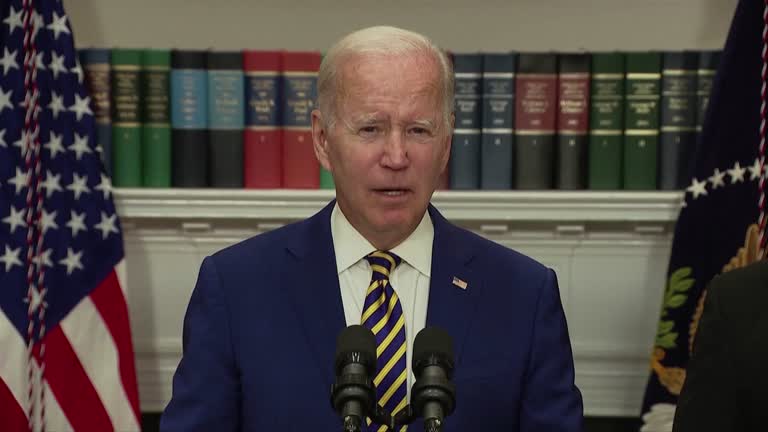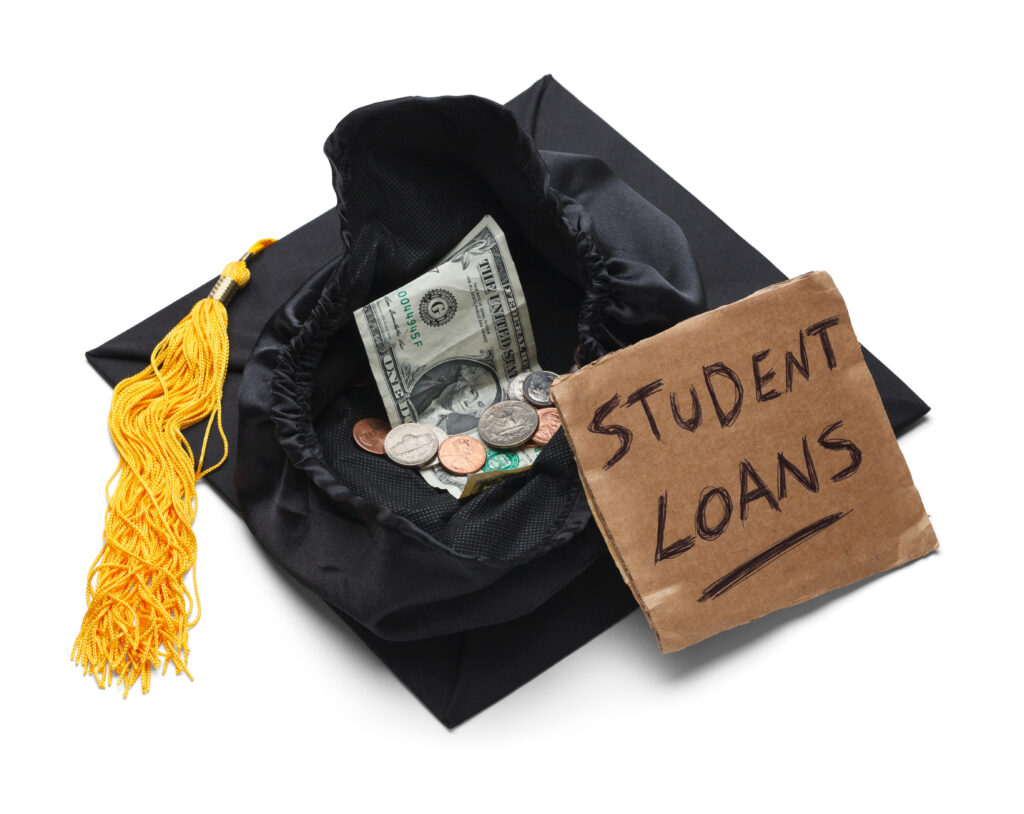
Following the Supreme Court’s rejection of President Biden’s previous student loan forgiveness program, the administration has embarked on an alternative route to offer relief to student debt holders. More than 4 million individuals have already signed up for President Joe Biden’s new repayment program, known as SAVE (Saving on a Valuable Education). This initiative aims to reduce their monthly financial burdens as student loan payments prepare to resume in October following a pandemic-related suspension that lasted for several years. The Biden administration has already implemented measures to simplify the process for numerous borrowers to pursue federal student loan forgiveness through various existing debt cancellation programs. To date, these efforts have resulted in the approval of approximately $116 billion in loan discharges benefiting more than 3.4 million individuals through August. Launched in the summer, the SAVE plan is accessible to most federal student loan recipients and offers substantial relief to those grappling with student debt. Similar to other income-driven repayment programs, SAVE assesses monthly payments based on a borrower’s income and family size, regardless of the total outstanding student debt. For instance, if a single borrower earns $32,800 or less annually, or if a borrower with a family of four earns $67,500 or less, their monthly payments under SAVE can be as low as $0. This means that under the SAVE plan, individuals with lower incomes or larger families may have their monthly student loan payments reduced to zero, making it more manageable for them to handle their student debt. Notably, many of those who enrolled in SAVE were formerly part of a different repayment plan, REPAYE (Revised Pay As You Earn), and were transferred automatically. For borrowers who were not previously enrolled in REPAYE, applying for the SAVE plan is necessary. To date, over 1 million individuals have submitted applications, according to the Department of Education’s recent announcement.

Applicants will have the opportunity to apply continuously, but they are encouraged to do so promptly if they wish to be enrolled by the time payments become obligatory in October. As of September 1, interest has started accruing on federal student loans for the first time since March 2020 when interest rates were effectively set at 0%, and borrowers were exempt from monthly payments. Borrowers can expect to receive a bill from their loan servicer at least 21 days before their October payment deadline. Although President Biden’s proposal to cancel up to $20,000 in student loan debt for low- and middle-income borrowers before payments resumed was rejected by the Supreme Court in late June, the SAVE plan offers ongoing benefits to both current and future borrowers. This repayment plan was initially announced by the Biden administration in August and is estimated to cost $475 billion over the next decade, as per the Penn Wharton Budget Model.
JULIE KIM
US ASIA JOURNAL



